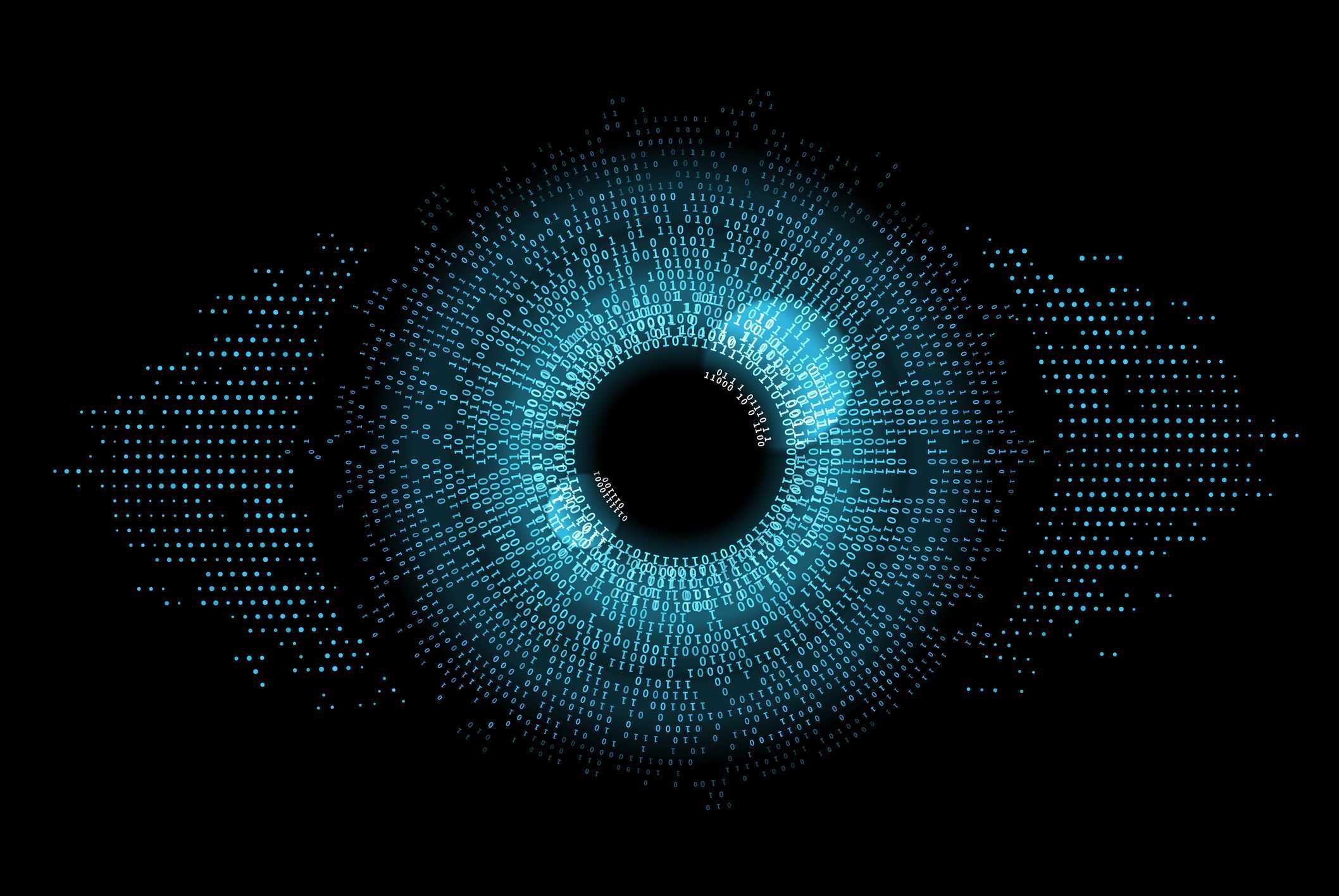When Cyber Attacks Strike: Staying One Step Ahead with AI

 By
Jason Miller
·
2 minute read
By
Jason Miller
·
2 minute read
When Cyber Attacks Strike: Staying One Step Ahead with AI
Cyberattacks are no longer a matter of “if” but “when.” For organizations across industries, preparing for inevitable cyber threats means adopting smarter, faster, and more proactive defense strategies. One of the most promising solutions is leveraging AI for proactive security, which empowers businesses to detect, predict, and neutralize threats before they escalate into breaches. Staying one step ahead requires shifting from reactive to predictive security—and AI makes this transition possible.
Why Traditional Security Falls Short
Conventional cybersecurity solutions rely heavily on predefined signatures, manual updates, and reactive responses. While effective against known threats, they struggle to detect emerging, zero-day, or highly targeted attacks. As cybercriminals use increasingly sophisticated tactics, relying solely on static defenses leaves organizations vulnerable to evolving risks.
Did You Know?
Did you know that organizations using AI-driven security solutions detect and contain breaches up to 96 days faster than those without AI tools?
The Power of AI in Proactive Security
1. Predictive Threat Analysis
AI analyzes massive datasets from internal logs, external threat intelligence feeds, and global attack patterns to predict potential vulnerabilities and attack vectors. This predictive capability helps security teams fortify weak spots before they’re exploited.
2. Continuous Behavioral Monitoring
Unlike traditional tools that wait for known threat indicators, AI-based systems continuously learn normal user and system behaviors. Any deviation from the norm—such as unusual access times, data transfers, or privilege escalations—triggers immediate investigation.
3. Automated Threat Hunting
AI automates threat hunting by scanning millions of data points in real time, identifying hidden threats that human analysts might miss. This proactive scanning reduces the time attackers can dwell undetected within systems.
4. Intelligent Alert Prioritization
With security teams often overwhelmed by thousands of alerts daily, AI helps prioritize alerts by severity, context, and likelihood of being true positives. This ensures that critical threats are addressed promptly while reducing alert fatigue.
5. Accelerated Incident Response
AI doesn’t just detect threats—it enables faster response by automating initial containment actions like isolating infected devices, blocking malicious IPs, or disabling compromised accounts, limiting the spread of attacks.
Benefits of AI-Driven Proactive Security
1. Reduced Attack Surface
Proactive identification and mitigation of vulnerabilities shrink the pathways attackers can exploit, making it harder for breaches to occur.
2. Faster Detection and Response
AI’s speed and automation shorten the time between threat identification and remediation, minimizing potential damage.
3. Improved Security Team Efficiency
AI automates repetitive tasks, empowering human analysts to focus on higher-level investigations and strategic security initiatives.
4. Greater Resilience Against Advanced Threats
With AI’s ability to detect unknown, evolving, and complex attacks, organizations are better equipped to withstand advanced persistent threats and zero-day exploits.
5. Competitive Advantage
Organizations with robust, proactive security earn greater trust from customers, partners, and regulators—enhancing reputation and market positioning.
BitLyft AIR®: Bringing AI-Powered Security to Life
BitLyft AIR® integrates AI-driven threat detection, predictive analytics, and automated response into a unified cybersecurity solution designed for proactive defense. By combining AI with human expertise, BitLyft AIR® empowers organizations to stay ahead of emerging threats with confidence and efficiency. Learn more about how BitLyft AIR® can transform your security strategy at BitLyft Security Automation.
FAQs
How does AI enable proactive cybersecurity?
AI analyzes data patterns, learns normal behaviors, and detects anomalies to predict and prevent attacks before they occur—moving security from reactive to proactive.
Can AI completely replace human security analysts?
No. AI augments human teams by automating repetitive tasks and providing insights, allowing analysts to focus on complex decision-making and threat hunting.
What types of attacks can AI help prevent?
AI can help detect and mitigate phishing, malware, insider threats, account compromises, and advanced persistent threats—especially those using unknown tactics.
Is AI cybersecurity only for large enterprises?
No. AI-powered security solutions like BitLyft AIR® are scalable for small, mid-sized, and large organizations seeking proactive defenses.
Does proactive security eliminate the need for other security controls?
No. AI works best as part of a layered security strategy that includes firewalls, endpoint protection, access controls, and security awareness training.